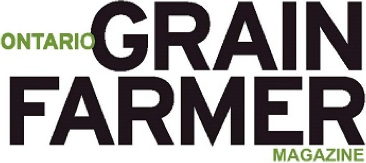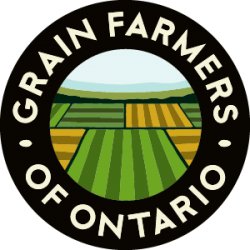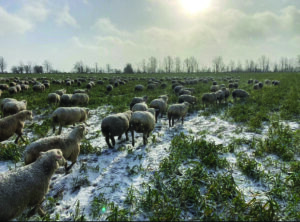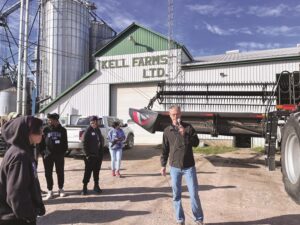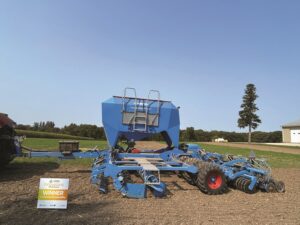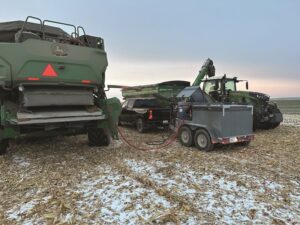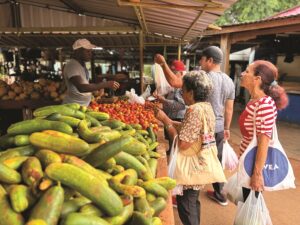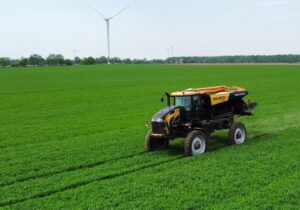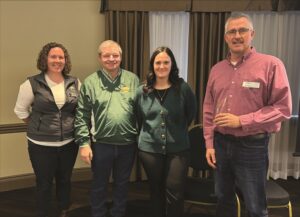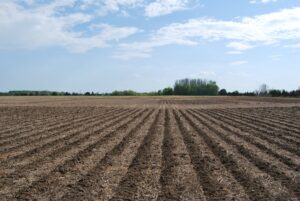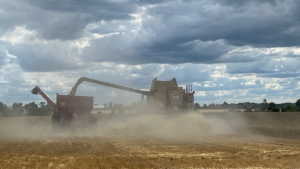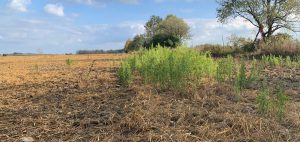Building demand for food-grade soybeans
Protein Industries Canada funding boosts businesses
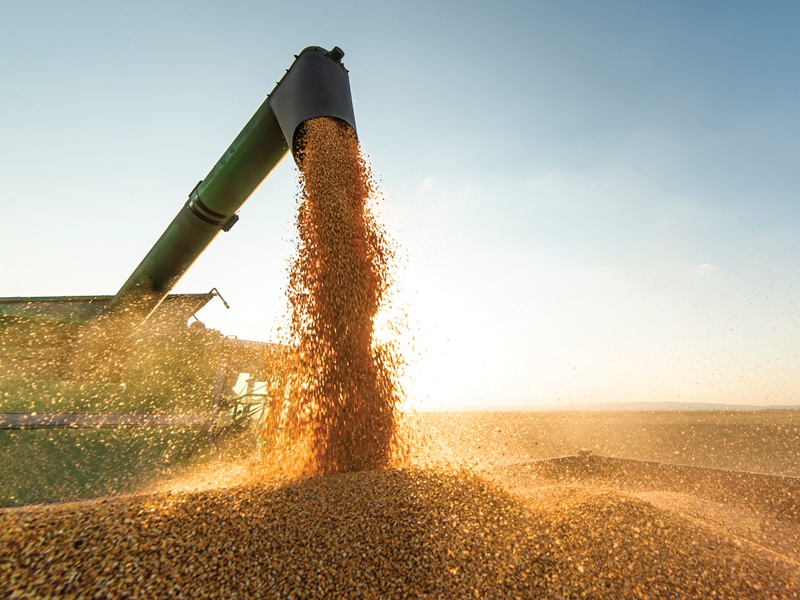
Ontario soybean farmers, here’s some good news. Several large and exciting initiatives aimed at developing the food-grade soybean market are underway, funded in part by Protein Industries Canada (PIC), based in Saskatchewan.
Let’s jump right in—but first, a note that PIC is one of Canada’s five Global Innovation Clusters and aims to grow Canada’s position as a global source of high-quality plant protein and plant-based co-products through collaborative projects.
In late 2024, PIC announced a new food ingredient project with partners Marusan Ai Co., Earth’s Own Foods, Flamaglo Foods and Alinova Canada (a joint venture between Marusan and DJ Hendrick International (DJHII). In a previous PIC project, DJHII had assessed the feasibility of a soy powder processing plant in Eastern Canada, and now in this current project, that plant is rapidly being retrofitted. It’s a former grain handling facility located in Inkerman, Ontario. and owned by Alinova. Part of the retrofit involves constructing a tall tower with a spray dryer at the top, which dries soymilk condensate into powder. DJHII CEO David Hendrick says the powder ingredient can be used in protein drink mixes, soup mixes, creamer, and other products, and “we plan to start selling our powder by early 2026.” Earth’s Own and Flamaglo Foods are already testing small batches.
Once the plant is operational, Alinova and Marusan will work to expand processing capacity fully and will look to Japan, in particular, as a target market. Almost $24 million has been committed to the project, with $6.7 million coming from PIC.
NORTHERN-ADAPTED SOYBEANS: MORE CHOICE
In June, PIC announced a project to develop non-GMO, early- maturing soybean varieties adapted for northern Ontario and Manitoba. The partners are NRGene Canada, Pulse Genetics, Hensall Co-op, and Yumasoy Foods. PIC notes that over the past several years, the selection of seed for non-GMO soybeans has declined, making it more challenging for Canada to maintain or expand this premium export market.
The new varieties will be specifically bred by NRGene Canada and Pulse Genetics, not just for better adaptation to a shorter season or harsher growing environment, but also for improved yield and resistance to soybean cyst nematode. The second phase of the project will be the development of a novel, soy-based plant protein product. It’s the first single-ingredient plant-based protein of its kind, involving the extrusion of whole non-GMO soybeans.
AUTOMATING DETERMINATION OF SOYBEAN QUALITY
Also in June, PIC announced a partnership with Grain Discovery, Inarix, and Sevita International to produce a tool that uses artificial intelligence (AI) to instantly analyze soybeans. PIC has provided
$700,000, and the partners will invest the rest of the $1.3 million needed in the project. Inarix will develop the platform, Grain Discovery will lead the commercialization and market deployment, and Sevita International will contribute data and serve as the primary site for real-world validation.
This tool is basically an app. Users take a photo of a soybean sample using a standard smartphone, and in under 20 seconds, the variety is identified. “This is going to be valuable in the hands of the farmers as well as at the elevator,” explains Sandy Hart, general manager at Sevita. “At the elevator, it’s a fast and reliable way to confirm variety identification upon delivery. In identity-preserved (IP) crops, this can be a very valuable ‘last line of defence’ that really doesn’t exist today beyond a visual inspection when it comes to confirming the variety on the scale.” That is, Hart acknowledges that farmers themselves always know what they are growing, but deliveries can often be handled by farm employees with varying levels of experience and/ or third-party trucking companies. He notes that it’s rare for a load of the wrong variety to be unloaded into the wrong bin, “but it does happen, and it’s very costly when it does.”
For farmers, Hart notes that the most common quality challenge in IP crops is poor aesthetics (dirt tag, for example) caused by harvesting in marginal conditions and/or heavy weed pressure. So, “in addition to the variety identification piece, we expect the tool will be able to give farmers reliable, real-time feedback on the visual aspects of what they are harvesting,” he says. “This should be very helpful to them in terms of maximizing the window they have to work with for harvest while ensuring they are meeting important quality requirements.”
Rory O’Sullivan, commercial leader for agriculture at Grain Discovery, describes the tool as another step forward in making the grain supply chain more transparent and efficient, and wishes that it had been around 20 years ago when he was out sampling grain. He notes that over 15,000 images of soybeans were used to ‘train’ the AI to discern differences in soybean shape, size, and microscopic details that all help in highly reliable variety identification. He predicts that in future, the model will be expanded to other visual parameters related to quality, such as colour, staining, and presence of foreign seeds.
The plan for testing the tool this fall is for a small Sevita team to visit growers (the number to be determined) and also work with Sevita’s scale house staff to conduct as many tests as possible under real-world conditions. Variety identification results will be compared to retained samples across roughly 30 soybean varieties, identified through Sevita’s existing traceability grain ID and quality testing protocols. “We plan to run the tests during harvest visits that would be happening under normal circumstances, and the process is very fast,” says Hart. “Everyone we’ve talked to so far thinks the tool is pretty cool and would like to see it in action.”
In the broader context, Hart believes that this type of technology will only enhance the already exceptional global reputation of the Canadian grain industry. “Canada can, and in a lot of ways already does, lead the world in producing high-quality soybeans and many other important grains to be used directly in making food,” he says. “We have a professional class of growers who can do an excellent job of channelling and segregation on-farm. We have amazing infrastructure in order to condition grains according to the needs of various end-use markets, and we are seen as a trustworthy and reliable supplier to the world’s importers and food makers. Anything we can do to improve the value proposition for customers of Canadian grain used in making food will be to the benefit of our entire grain sector in terms of profitability and sustainability. I think this technology definitely ticks the box.” •
